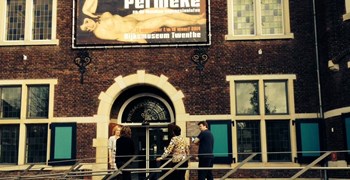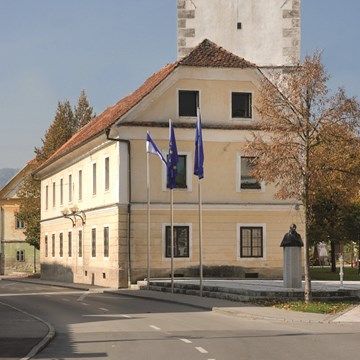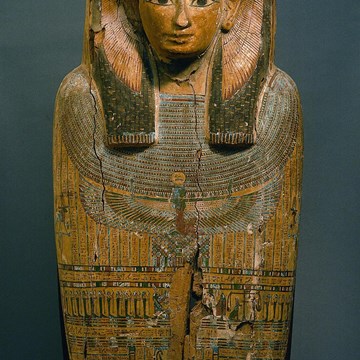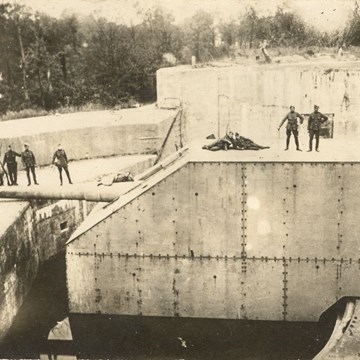Danger & Beauty - Turner and the tradition of the sublime
5 September - 3 January 2016 - the Museum de Fundatie in Zwolle and Rijksmuseum Twenthe in Enschede will collaborate with Tate Britain on the dual exhibition Danger & Beauty – Turner and the tradition of the sublime. Turner is to Britain what Rembrandt is for the Netherlands. His work is only very rarely exhibited in the Netherlands. The dual exhibition in Enschede and Zwolle presents more than 50 paintings and watercolours by Turner in the context of European art history, from the late Middle Ages to the present, with works by Aelbert Cuyp, Claude Lorrain, Gustave Courbet, Claude Monet, Ernst Ludwig Kirchner, Armando, Gerhard Richter and many others.
Sublime
The influence of Joseph Mallord William Turner (1775–1851), to give his full name, extends far beyond his own country and time. He embodies the sublime landscape that represented a revolutionary view of nature where danger and beauty are not mutually exclusive but rather are intertwined. In A Philosophical Enquiry into our Ideas of the Sublime and the Beautiful from 1757, the philosopher Edmund Burke described experiencing the sublime as the most powerful emotion a human being can undergo. For painters, this meant a reversal of reasoned and restrained beauty towards bewilderment, an experience so intense that it is beyond comprehension. It was Turner, who once had himself tied to the mast of a ship during a heavy storm, who conveyed the overwhelming sensation of nature in his work most convincingly. He painted the stupefying roar of a storm at sea, the breathtaking depths of a ravine, and the blinding glare of a fire-spitting volcano.
Tradition
The representation of nature as a primal force was not new and even has a long tradition in European painting. Turner himself was very aware of this. He saw himself as a successor to 17th-century ‘storm painters' such as Van de Velde and Ludolf Bakhuizen. In the tradition of the idyllic landscape, which with Turner evolved into elusive, almost abstract visions of light and colour, he saw himself as the successor to greats like Claude Lorrain and Aelbert Cuyp. The exhibits in the Rijksmuseum Twenthe and Museum de Fundatie of works by these and his other predecessors show on the one hand how Turner was indebted to this tradition and also that he made it completely his own. He felt most free in his watercolours and drawings, as can be deduced from the sketchbooks in the exhibition that Turner filled with drawings on his six trips to the Netherlands. These drawings from the Tate Britain collection have never before been seen in the country where they originated.
Pioneer
There are few painters who have influenced the history of art as much as William Turner. That will also become clear in Enschede and Zwolle. The French impressionism of Claude Monet or the Dutch Luminism of Jan Toorop and Jan Sluijters who tried to capture the pure sensation of light with paint, is unimaginable without Turner. Giacomo Balla, who made the dynamism of modern life the subject of his art, also had a pioneer in Turner. The same goes for someone like Richard Long, who elevated the physical experience of a landscape to art, or Piero Manzoni, who portrayed infinity with completely white paintings. Artists today who consciously connect to the direction defined by Turner are Raquel Maulwurf and Eyal Gever.
The elements
'Danger & Beauty - Turner and the tradition of the sublime’ is a diptych, presented at two locations. The works are divided into pairs after the four elements, which Turner explicitly examined with his work, sometimes individually and sometimes their interactions. The works around the elements of water and fire can be seen in the Museum de Fundatie, those around earth and air in Rijksmuseum Twenthe. In Zwolle the focus is on seascapes, whereas in Enschede, the emphasis is on landscapes. In total, the dual exhibition comprises more than 130 works, including paintings, watercolours and drawings and sculptures, photographs and light and video installations.
Waanders Publishers will release the exhibition publication Danger & Beauty. Turner and the tradition of the sublime.
Exhibition: DANGER & BEAUTY - TURNER AND THE TRADITION OF THE SUBLIME
Period: 5 September 2015 – 3 January 2016
Location: Museum de Fundatie, Zwolle and Rijksmuseum Twenthe, Enschede
Opening hours: Tue – Sun 11:00 to 17:00
Exhibitions and events
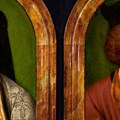
The house of Heek
Permanent exhibitionFrom 18 April 2015: the history of Rijksmuseum Twenthe will be shown through more than 200 masterpieces which were donated by a large number of art patrons – the story of Rijksmuseum Twenthe...
Activities from this museum
We don't have anything to show you here.
